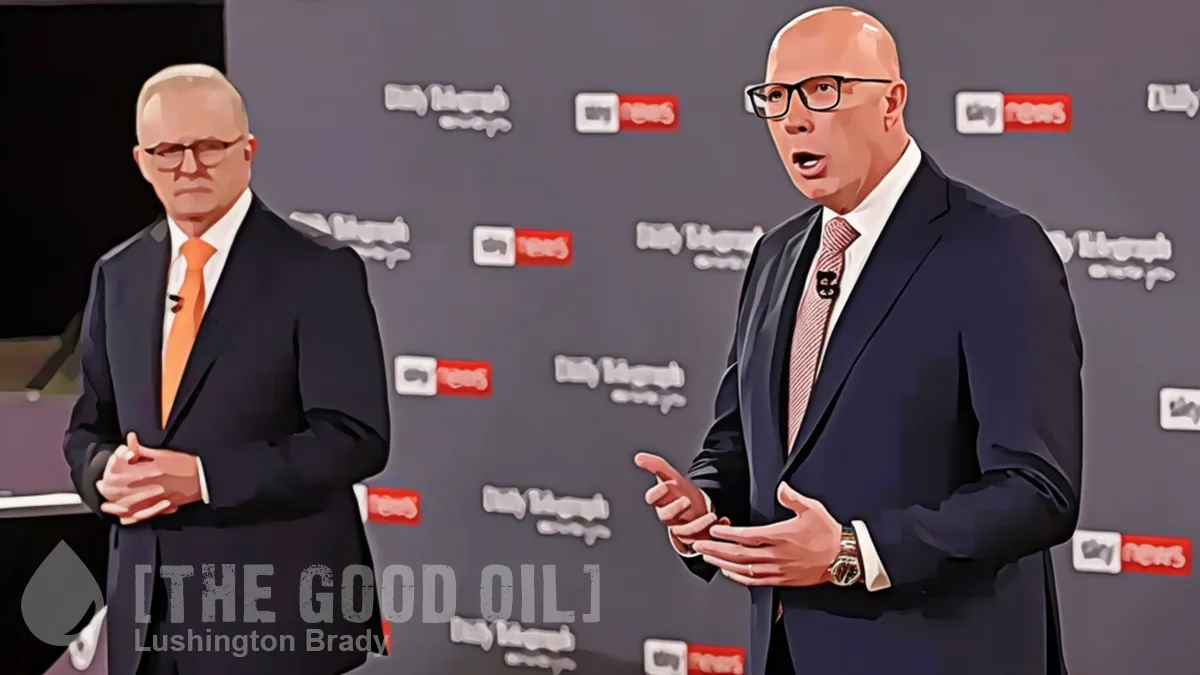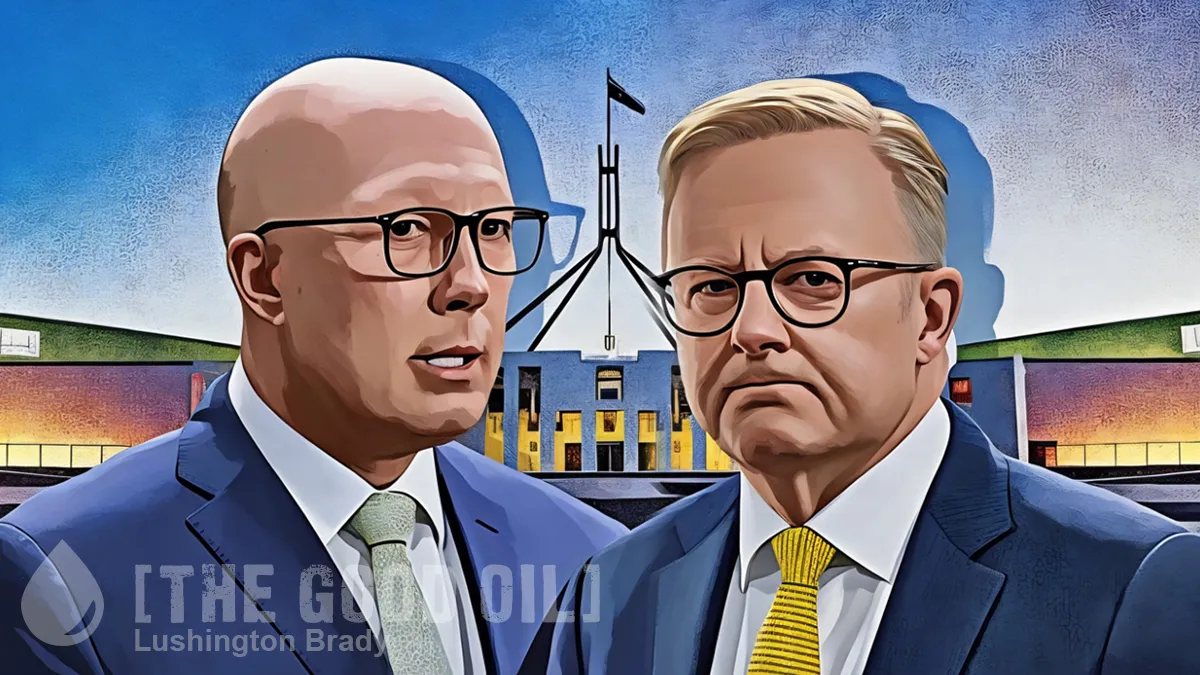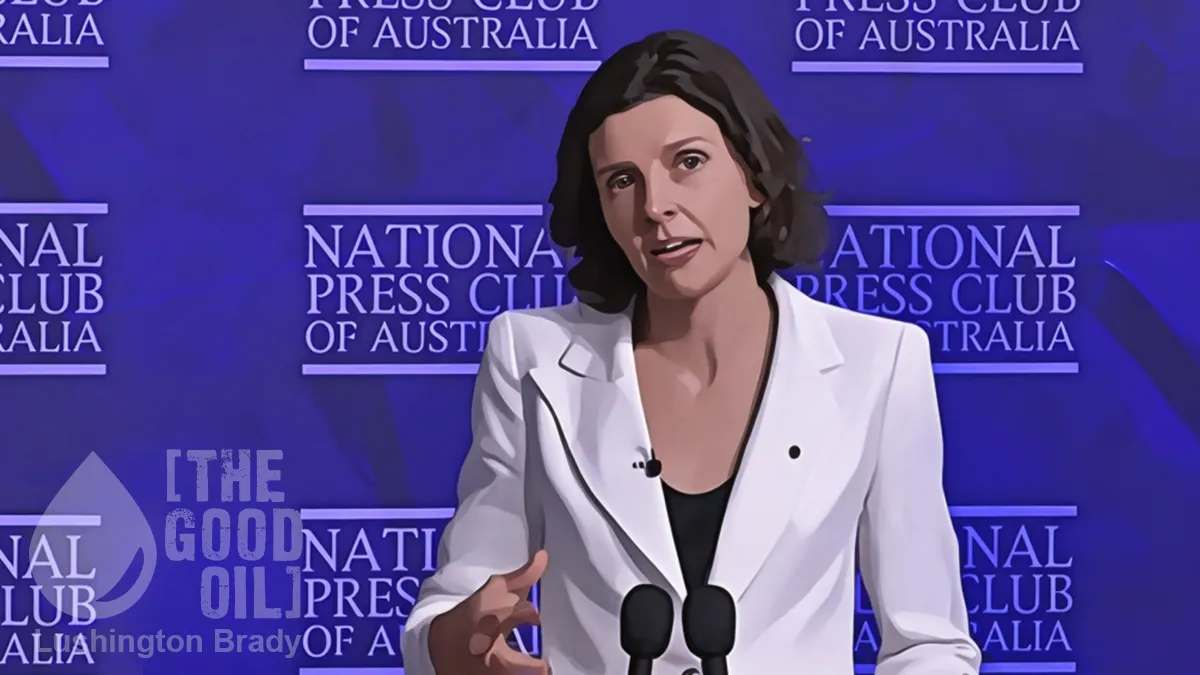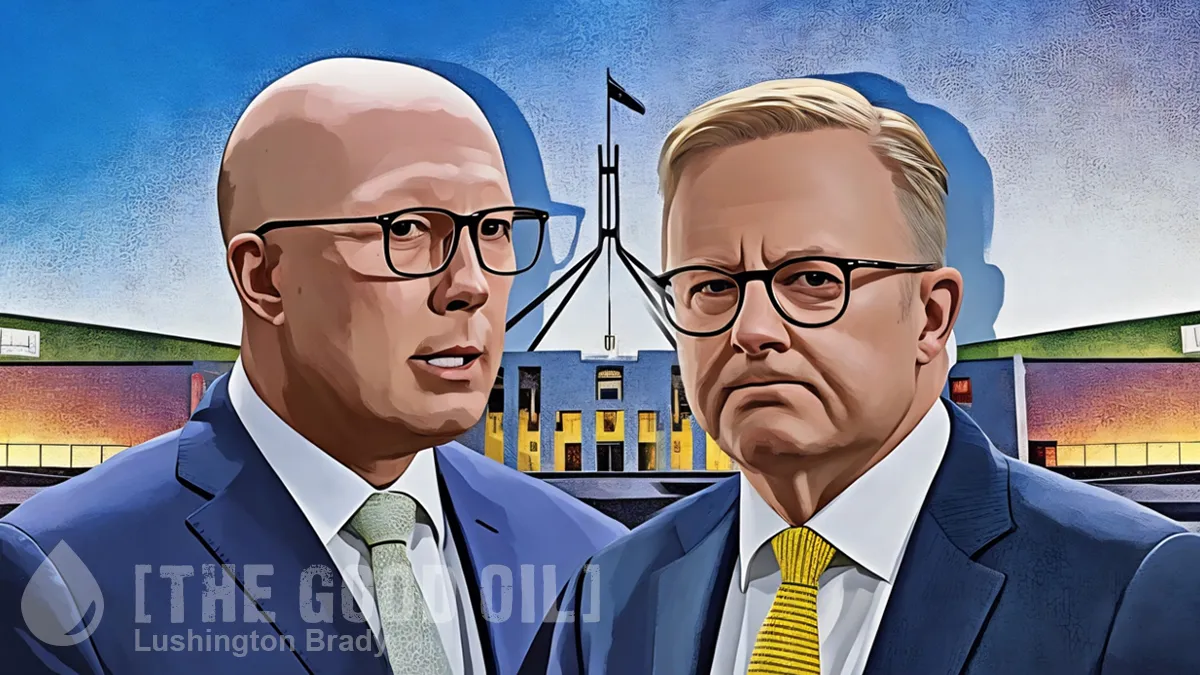The news about the Greens just keeps getting better. After two successive electoral drubbings in recent weeks, a new poll is the latest to show their support sliding across the board.
Voters have turned away from the federal Greens, with support for the minor party falling to its lowest level since February, while party leader Adam Bandt has been rated the third most unlikeable federal politician after Lidia Thorpe and Pauline Hanson.
This is a remarkable result, given the relentless demonising of Hanson for years by the media, while Bandt has been given a smooth run by a sympathetic MSM. If Bandt had been held to the same standard as Hanson, the Greens would have ceased to exist as a parliamentary presence by now.
Voters surveyed last week by the Resolve Political Monitor for this masthead also marked down many of the crossbench party’s signature policies, including ending negative gearing and capital gains tax, and recognising Palestine.
This comes on top of two recent elections, in the ACT and in Queensland, where the Greens’ representation was halved. The ACT result is particularly significant, as the Canberra Bubble is normally the Greens’ preferred turf.
Whether the same result will play out in a federal election, where the Greens can rely on one or two pockets of entrenched bourgeois wokeism, remains to be seen.
However, while support for the Greens is ebbing, the party could still increase its seat count at the next election if its key messages land with target demographics, such as university students, recent graduates and older Baby Boomers in winnable seats such as Wills, in inner-north Melbourne, or Richmond, centred on Byron Bay in NSW.
But the message is clear: the Greens are overwhelmingly on the nose with Australian voters.
The exclusive findings show the Greens’ net likeability rating has fallen to a low of minus 19 percentage points, down from minus 1 at the last federal election.
Bandt’s net likeability has reached minus 15 percentage points […] Just 10 per cent of voters had a positive view of Bandt, 26 per cent were neutral, 26 per cent had a negative view and 38 per cent were unfamiliar with him.
The Greens and Bandt’s likeability ratings are the equal lowest figures the party and its leader have recorded in the Resolve poll. They compare to a minus 4 percentage point likeability rating for Labor and minus 10 for Prime Minister Anthony Albanese.
It’s good news for the opposition, though.
Opposition Leader Peter Dutton’s net likeability was minus 1 and the Liberal Party was 7 percentage points.
It appears, though, that voters are finally waking up that the Greens aren’t what they purport to be. Far from a party for the environment, they’ve outed themselves as nothing more than hardcore Marxists.
“Voters expect the Greens to be an acceptable third choice, with a particular environmental or progressive slant, but their recent forays into Gaza and union politics have confused people. There’s nothing progressive or green about the CFMEU or Hamas. If there is a strategy behind any of this, it’s completely misaligned,” [Resolve pollster Jim Reed] said.
The Greens have become the party a young Adam Bandt envisaged, when, as a student, he wrote that the Greens were a ‘bourgeois party’ ripe for a Marxist takeover. “The parliamentary road to socialism is non-existent... Supporting the Greens would perhaps be the most effective strategy at the next election.”
“Towards an anti-capitalist, anti-social democratic, internationalist movement,” young Comrade Bandt concluded.
So, who are voting for the Greens? As their pockets of electoral support show, the Greens are the party of the rich. Paradoxic as it may seem, the very wealthy are also the hardcore left.
As analyst John Black (not to be confused with the Good Oil contributor of the same name) reports:
“This is the Don’s Party group that used to be in the ALP in the ’60s and ’70s: young university students or graduates, frequently working or still studying in academia, no kids, often gay, arts and drama type degrees or architecture where they specialise is designing environmentally friendly suburbs, agnostic or atheist, often US or Canadian refugees from capitalism, but well paid in professional consulting or media jobs […]
Led by arts, media or architectural graduate, twenty-somethings, atheists and agnostics, Kiwis, the highly mobile university student groups, gays and the Green family group, which is a professional or admin consulting couple with one child attending expensive private schools.”
(Emphasis added, for your amusement.)
But then, hardcore Marxism has always been the province of the well-off middle classes. From Marx (who in fact raked in what should have been a comfortably middle-class income: the only reason his family lived in apparent penury was because he was so lousy with money), to the upper-class socialists of the Bloomsbury Circle, to Lenin (born to a middle-class family), to millionaire socialists like Bernie Sanders and Tom Morello of Rage Against the Machine.
Working people, as Orwell noted, are far too sensible to be fooled by such nonsense.









